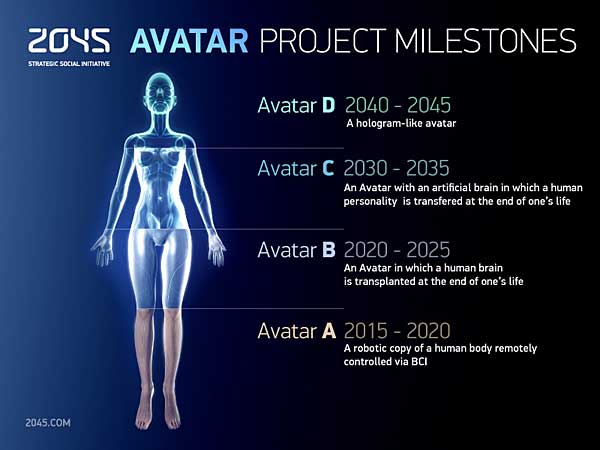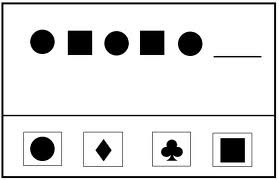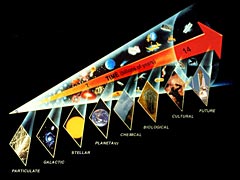Last update : August 6, 2013
Human Brain Project (2013)
The Human Brain Project (HBP) was submitted on 23 October 2012 for funding under the European Union’s FET Flagship program. FET (Future & Emerging Technologies) flagships are ambitious large-scale, science-driven, research initiatives that aim to achieve a visionary goal. On January 28, 2013, the European Commission has officially announced the selection of the Human Brain Project as one of its two FET Flagship projects.
The goal of the HBP is to understand and mimic the way the human brain works. The Blue Brain Project’s success has demonstrated the feasibility of the HBP general strategy.
The project will be coordinated by the École Polytechnique Fédérale de Lausanne (EPFL) and will be hosted at the NEUROPOLIS platform. The HBP team will include many of Europe’s best neuroscientists, doctors, physicists, mathematicians, computer engineers and ethicists. The leaders of the different sub-groups are : Universidad Politécnica de Madrid, Forschungszentrum Jülich GmbH, CEA, Le Centre national de la recherche scientifique, Karolinska Institutet, Centre hospitalier universitaire vaudois, Universität Heidelberg, Technische Universität München, Institut Pasteur. In total more than 120 teams in 90 scientific institutions from 22 countries will contribute to the HBP. A full list of partners and collaborators is presented at the HBP website. The HBP will be open by involving groups and individual scientists who are not members of the original consortium.This will be handled by the HBP Competitive Calls Programme.
The Human Brain Project has the potential to revolutionize technology, medicine, neuroscience, and society. It will drive the development of new technologies for supercomputing and for scientific visualization. Models of the brain will allow us to design computers, robots, sensors and other devices far more powerful, more intelligent and more energy efficient than any we know today. Brain simulation will help us understand the root causes of brain diseases, to diagnose them early, to develop new treatments, and to reduce reliance on animal testing. The project will also throw new light on questions human beings have been asking for more than two and a half thousand years. What does it mean to perceive, to think, to remember, to learn, to know, to decide? What does it mean to be conscious?
A video of the HBP is available at the Vimeo website.
The HBP is organized in thirteen subprojects :
Blue Brain Project (2005)
The Blue Brain Project is an attempt to create a synthetic brain by reverse-engineering the mammalian brain down to the molecular level. The aim of the project, founded in May 2005 by the Brain and Mind Institute of the École Polytechnique Fédérale de Lausanne (EPFL), is to study the brain’s architectural and functional principles. The project is headed by the Institute’s director, Henry Markram.
Using an IBM Blue Gene supercomputer running Michael Hines‘s NEURON software, the simulation involves a biologically realistic model of neurons. There are numerous sub-projects run by universities and independent laboratories.
The current version 7.2 of NEURON is available as a cross-platform program under a GNU GPL licence from the universities Yale and Duke.
A ten-year documentary film-in-the-making about the race to reverse engineer the human brain is available at the Bluebrain Film website.
In the future the Blue Brain Project will be part of the Human Brain Project.
Brain Architecture Projects (2009)
The Brain Architecture Project is a collaborative effort aimed at creating an integrated resource containing knowledge about nervous system architecture in multiple species, with a focus on mouse and human. The Brain Architecture Project Principal Investigator is Partha P. Mitra, professor at the Cold Spring Harbor Laboratory (CSHL).
The goal of the Mouse Brain Architecture (MBA) Project is to generate brainwide maps of inter-regional neural connectivity. These maps will thus specify the inputs and outputs of every brain region, at a mesoscopic level of analysis corresponding to brain compartments defined in classical neuroanatomy.
The Human Brain Architecture Project includes several components related to the human brain : The Online Brain Atlas Reconciliation Tool (OBART), The Human Brain Connectivity Database and the Co-expression networks of genes related to addiction.
The Brain Architecture Team has also been working on two prototype systems (Text Mining) for information extraction (IE) of knowledge related to brain architecture from a large text corpus containing approximately 55,000 full-text journal articles.
Brain Reverse Engineering Lab (2011)
This project is headed by Witali L. Dunin-Barkowski, Head of the Department of Neuroinformatics at the Center for Optical Neural Technologies of the Scientific Research Institute for System Analysis of the Russian Academy of Sciences.
The main initial task of the laboratory will be the creation of open-access scientific, technological and engineering internet-resource in a form of a specialized database of knowledge on mechanisms of brain work. It is supposed that as a result of the planned work at the end of 2015 the project’s team will elaborate the full detailed description of the mechanisms of human brain. It will be possible to use this description to make in the following years a full scale working analog of the human brain, based on technological informational elements and devices.





